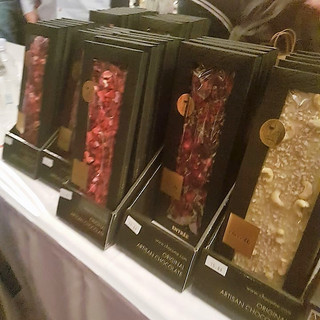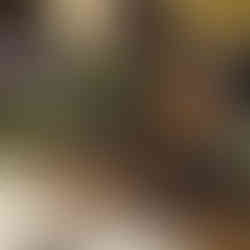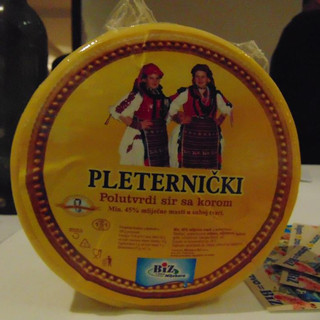12. VINOcom Report
- Andrea Seifert

- Nov 29, 2017
- 3 min read
Twelve years in a row, prof. Ivan Dropuljić reminds us of the best wine offer in Croatia and worldwide. He is head of VINOcom international festival of wine and gastronomy in the Esplanade hotel. Its twelfth engagement is just the affirmation of the grandeur and importance of this manifestation, the centre of interests for gastronomy lovers and wine connoisseurs, where all of us learn more about our passions.

This year’s special emphasis was given to a country we seldom connect to wine. The official festival partner was the Russian Federation, a country with long tradition of wine making. In 2001, Russia celebrated 370 years of wine shipping to its royal court. The founder of modern commercial wine-making in Russia was Prince Leo Galitzine (1845-1915), who established the first Russian factory of champagne wines at his Crimean estate of Novyi Svet. In 1889 the production of this winery won the Gold Medal at the Paris exhibition in the nomination for sparkling wines, although several years previously the wine regions of Russia had been devastated by the Phylloxera epidemic. In 1891, Galitzine congratulated himself on becoming the surveyor of imperial vineyards at Abrau-Dyurso, where the sparkling wine was produced throughout the 20th century under the brand of Soviet Champagne, or "champagne for the people". But the real wine for the people came with Stalin, who believed wine had to be affordable for every Soviet citizen. Russian wines usually come from the region of North Caucasus and from Crimea (which is dubious annexed region, but goes under the name of the Russian Federation). Currently there are over 100 different varieties of grapes used in the production of Russian wine. The Rkatsiteli grape accounts for over 45 percent of production. Other varieties grown include Aligote, Cabernet Sauvignon, Cabernet Severny, Clairette blanche, Krasnostop Zolotovsky, Merlot, Muscat, Pinot gris, Plavai, Portugieser, Riesling, Saperavi, Silvaner, and Traminer. Russia currently has the following controlled appellations that correspond to the sorts of grapes: Sibirkovy (Сибирьковый), Tsimlyanski Cherny (Цимлянский чёрный), Plechistik (Плечистик), Narma (Нарма), and Güliabi Dagestanski (Гюляби Дагестанский). A Russian wine guide published in 2012 lists 55 wines from 13 wineries, including names such as Fanagoria, Lefkadia, Chateau du Talus, Abrau-Durso, Chateau le Grand Vostock.
As usual, two days is just not enough to visit every workshop and learn more information about new wineries and news from the old ones. On this occasion, visitors could learne more about Frankovka and Graševina; go for the English and Italian sparkling wines; taste the famous wines of Goriška brda in Slovenia; and have a rather unique opportunity to meet the new Russian wine brands. Of course, the festival was packed with all important Croatian wine makers. It was wonderful to see and feel the positive atmosphere around the Croatian wines and see the fantastic path of the local wine scene.
Where there’s wine, there’s food too! Hardly could an event such as Vinocom pass without gastronomy on side. Guests could try themselves or with the help of producers to blend food and wine. Cheese-and-Wine blend is so classic, it is barely even mentioned anymore, but how about truffles or – our favourite – chocolates? A story about wine and chocolate is presented by the chocoMe manufactory, which blends chocolate with certain types of wine.
For us, Vinocom is an obligation – an event that shows us where to go and how to present various destinations for our readers. Until the next Vinocom – cheers!
(Photos by: Igor Horvat, Ana Rogač & Mario Travel Cro)










































Comments